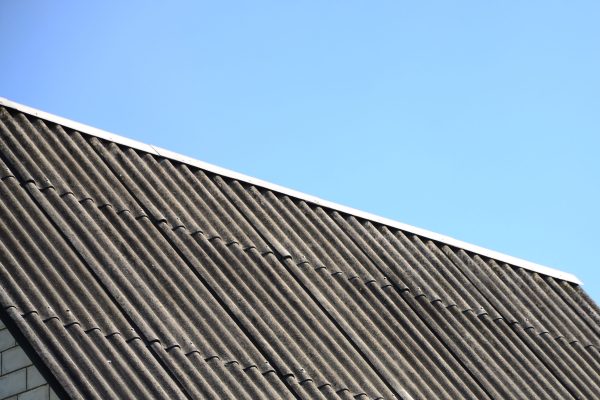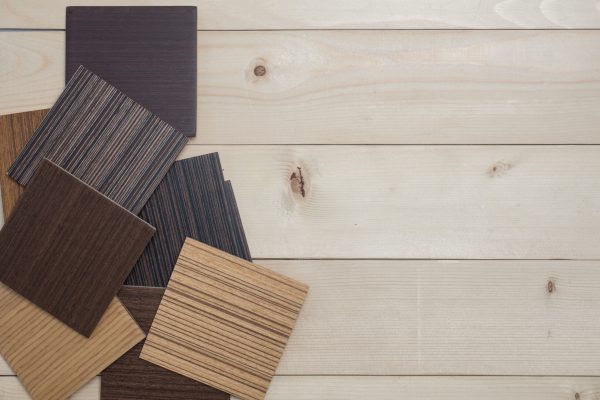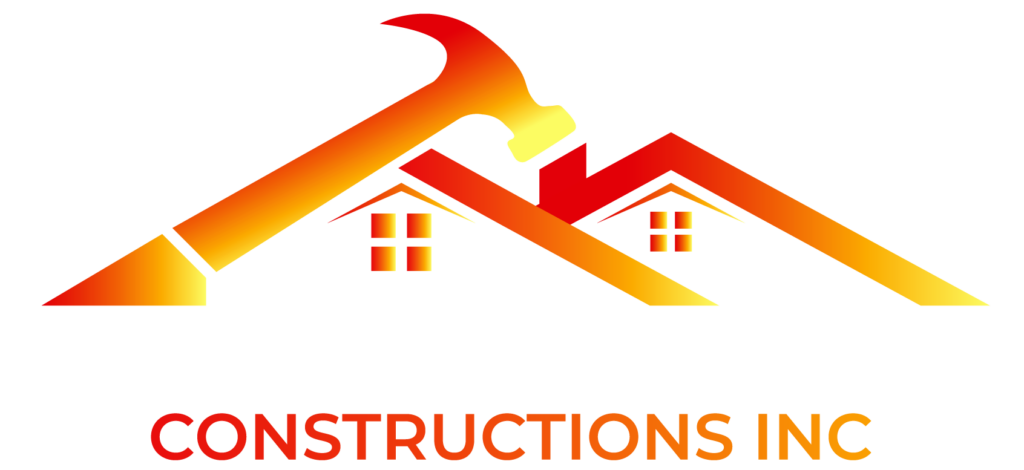Why Roof Maintenance Matters
1. Prevents Costly Repairs Small issues, such as missing shingles or minor leaks, may seem insignificant, but they can quickly escalate into more significant, expensive problems if not addressed. Regular roof inspections allow you to catch problems early, preventing the need for costly repairs or a full roof replacement down the line.
2. Increases Roof Lifespan A well-maintained roof lasts longer. By scheduling regular maintenance, such as clearing debris, checking for damage, and cleaning gutters, you can extend the life of your roof. Most roofs are designed to last 20-30 years, but neglecting maintenance can shorten that lifespan significantly.
3. Protects Your Home from Water Damage A leaking roof is one of the most common causes of water damage in a home. Moisture can seep into your home, damaging walls, ceilings, insulation, and even your foundation. Regular roof maintenance ensures that your roof remains waterproof and functional, keeping your home dry and protected.
4. Improves Energy Efficiency A well-maintained roof can also help improve the energy efficiency of your home. Leaks, cracks, or gaps in your roof can cause heat to escape during the winter and allow cold air to enter during the summer, leading to higher energy bills. Regular maintenance helps ensure that your roof is sealed properly, keeping your home comfortable year-round.

1. Sustainable and Eco-Friendly Flooring
Sustainability has been a growing trend for several years, and in 2025, it’s more important than ever. Homeowners are seeking flooring solutions that are not only stylish but also eco-conscious. Bamboo, cork, and recycled wood are among the top choices for sustainable flooring. These materials offer a beautiful look while being renewable and low-impact on the environment.
2. Luxury Vinyl Plank (LVP) Flooring
Luxury vinyl plank (LVP) flooring has become a top choice for homeowners seeking a stylish, durable, and cost-effective solution. With its ability to mimic hardwood, stone, and tile, LVP offers a sophisticated look without the high price tag of natural materials. It’s also water-resistant, making it perfect for kitchens, bathrooms, and basements.
3. Bold and Unique Colors
In 2025, flooring is taking on bolder and more unique colors to make a statement. While neutral tones will still be popular, we’re seeing an increase in deep blues, charcoal greys, rich browns, and even pastels. These colors can complement a variety of interior styles, from minimalist to boho chic.
4. Textured and Patterned Floors
Textured and patterned floors are making a strong comeback in 2025. Textured hardwood with a hand-scraped finish, patterned tiles, and 3D flooring are all popular choices for adding visual interest to a space. These options create a unique and personalized touch to a room, giving it more character and depth.
5. Engineered Wood Flooring
While traditional hardwood flooring remains a favorite, engineered wood flooring is gaining traction as a more affordable and practical option. Engineered wood consists of layers of wood, making it more stable than solid hardwood. It’s also more resistant to moisture, making it suitable for installation in areas where solid wood isn’t ideal.
6. Heated Flooring
In 2025, comfort is becoming a top priority in home design, and heated flooring is one of the most sought-after features. Radiant floor heating systems can be installed under tile, stone, and even hardwood, providing a cozy and efficient heating solution. This is particularly appealing in cold climates like Massachusetts, where winters can be harsh.
7. Minimalist Flooring with Clean Lines
Simplicity is key in 2025’s design world, and that’s reflected in the growing popularity of minimalist flooring. Clean lines, smooth finishes, and neutral colors are being used to create sleek, uncluttered spaces. Concrete, polished stone, and simple wood finishes are perfect examples of this trend.

1. Upgrade to Energy-Efficient Windows
Energy-efficient windows are designed to minimize heat transfer, keeping your home warmer in the winter and cooler in the summer. These windows are made with advanced materials that reduce the flow of hot or cold air, which helps maintain a comfortable temperature inside your home year-round.
2. Choose Energy-Efficient Doors
Just like windows, doors are another potential source of energy loss. Outdated or poorly sealed doors can allow air to leak in and out of your home, forcing your HVAC system to work harder to maintain a comfortable temperature. Upgrading to energy-efficient doors can significantly reduce this energy loss and enhance the overall energy efficiency of your home.
3. Proper Sealing and Weatherstripping
Even the most energy-efficient windows and doors can lose their effectiveness if they’re not properly sealed. Over time, seals around windows and doors can break down, allowing air leaks and moisture infiltration. Proper weatherstripping and sealant can help maintain the efficiency of your current windows and doors.
4. Upgrade to Smart Windows and Doors
For homeowners looking to combine energy efficiency with technology, smart windows and doors are the way forward. These innovative products offer advanced features that automatically adjust to changing weather conditions, optimizing your home’s energy usage.
5. Professional Installation for Maximum Efficiency
Choosing the best energy-efficient windows and doors is only part of the equation. Professional installation is crucial to ensure that your windows and doors perform at their highest potential. Poor installation can lead to gaps, leaks, and improper sealing, negating the benefits of energy-efficient materials.


© 2025 Copyright All rights reserved by rlwhitmanconstruction